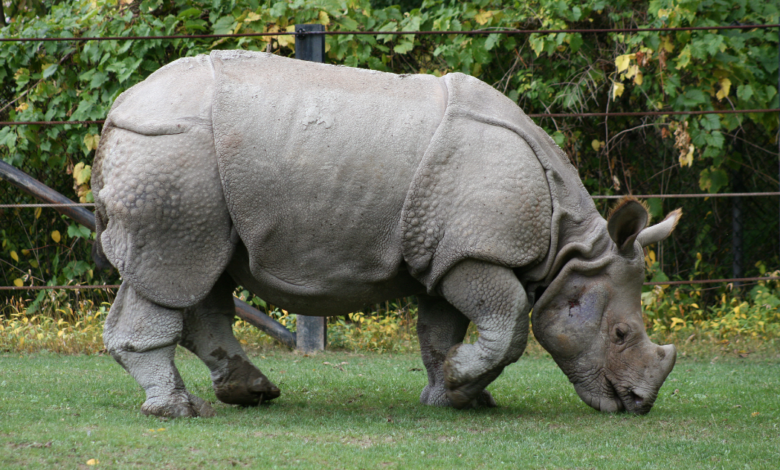How Rhino Conservation And Poaching Became Profitable Ventures In Kaziranga

Sanjay Barbora spoke with various local farmers as he traveled towards eastern Assam, and he found that they hardly ever showed hatred for the animals. They provided a variety of responses when asked how they defend their crops against rhinos, including starting fires, keeping watch at night, and (curiously enough) verbally cursing the rhino. In interactions with groups of farmers, the rhino appeared more like an unruly neighbor than a valuable asset that required hunting for its horn.
Sanjay spoke with Deepak Saha, an employee of a foundation that promotes rhino protection throughout the world.
Throughout the conversation, Saha kept bringing up instances where he had stopped poachers and assisted the police and forest agencies in seizing a variety of animal parts intended for export to other parts of the world. Saha, an unmarried NGO professional, was very open about the limitations of his capacity to understand the lives and circumstances of individuals who were rhino hunting for its horn. Instead, he perceived them as selfish criminals looking to profit quickly at the expense of the defenseless rhino.
The forest department was unsure of how to use the law to prosecute people who came with the intention of killing rhinos; the police, army, and other armed agencies of the state saw it as a quirky piece of legislation that seemed to distract them from the real business of policing and counterinsurgency; the rhino (and other animals), for whom it was intended, seemed unconcerned about the Act and frequently found easy loopholes to avoid prosecution; the rhino (and other animals), for whom it was. The Act continued to serve as a compass for officials with foreign NGO organizations like Mr. Saha. He had planned his interactions with government organizations to give the impression that he was a consultant tasked with leading workshops for police officers and forest rangers. He taught them at these training how to use the WPA in their case notebooks to increase the conviction rate of alleged poachers. He gained access to the police, the forest agencies, and certain local neighborhoods as a result.
Saha asserted that the monetary viability of rhino conservation was equal to that of rhino poaching. He didn’t hesitate to mention how many lodges and resorts had sprung up in the last ten years. All of them catered to the influx of tourists that came during certain times of the year who considered KNP as the epitome of the wildlife and biodiversity that Assam has to offer the globe. Even the tea industry capitalized on the need for preservation by luring affluent travelers to stay in opulent planters’ bungalows scattered throughout eastern Assam. This situation is ironic in that a business that may be held accountable for the rhino’s habitat’s significant loss of forest cover is now expected to come up with solutions.
It’s not as though the planters sent out their guards and employees to hunt down poachers, but they were asked to deal with the bigger conservation efforts aimed at providing alternative means of subsistence for the people who depend on the parks. As a result, some of the larger businesses built tiny showrooms along National Highway 37, which passes directly through KNP, where they offered ethnic fabric and handicrafts. It made them feel as though they were a part of the effort to keep the parks and the residents who live there under control.
News Mania Desk






